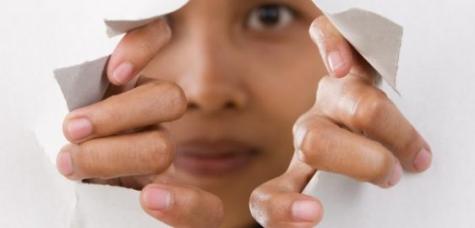A few months ago when Kevin Rudd became Prime Minister again, we wrote about the record number of women in the Federal Cabinet and the ‘outer’ Ministry including the positions known as Parliamentary Secretary. In total, Mr Rudd as Prime Minister had 13 women (or 31%) in these positions.
By contrast, Mr Abbott yesterday announced the appointment of just six women to similar positions, or 14% of all senior roles. Of the six, only one – Julie Bishop – is in Cabinet as Australia’s first woman Foreign Minister.
Of the remaining five women in Mr Abbott’s 'management team', four women are in the outer Ministry and one is a Parliamentary Secretary. Only two of the six are mothers – the new Assistant Minister for Health, Senator Fiona Nash and the new Assistant Minister for Education, Sussan Ley.
Of course, it is not a pre-requisite to be a woman, a mother, or even a parent, to be a Minister.
Most of the rumours circulating about the new Cabinet across the weekend were that Mr Abbott would only appoint people to positions in the Ministry “on merit” – perhaps inuring us to the news that only six women were considered meritorious enough amongst all those blokes in government.
But if it is the case that Mr Abbott had no more women of “merit” ahead of the 36 men appointed to roles, then what are the Liberal and National parties doing to attract high-achieving women supporters into politics? There are many thousands of women who support the Liberal and National parties: why are they not attracted to politics?
Mr Abbott's Ministry may well be "experienced" as Ministers. Many of them were Ministers in the Howard Government from 1996.
But with women only forming 5% of the inner Cabinet and 14% of the entire group, and less than 5% of the entire group as mothers, Mr Abbott's first Ministry goes nowhere near reflecting the community it serves. In this regard, it is - as young people today say so often - "so last century".



















__small.png)










